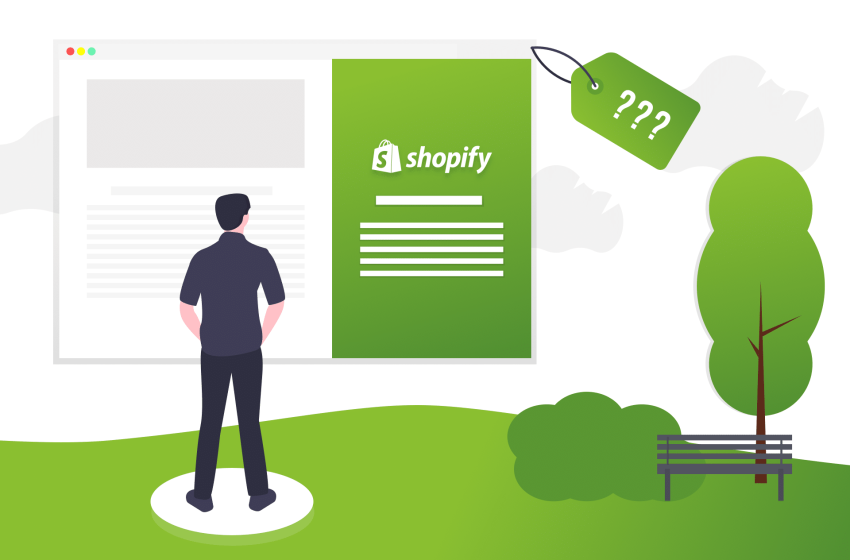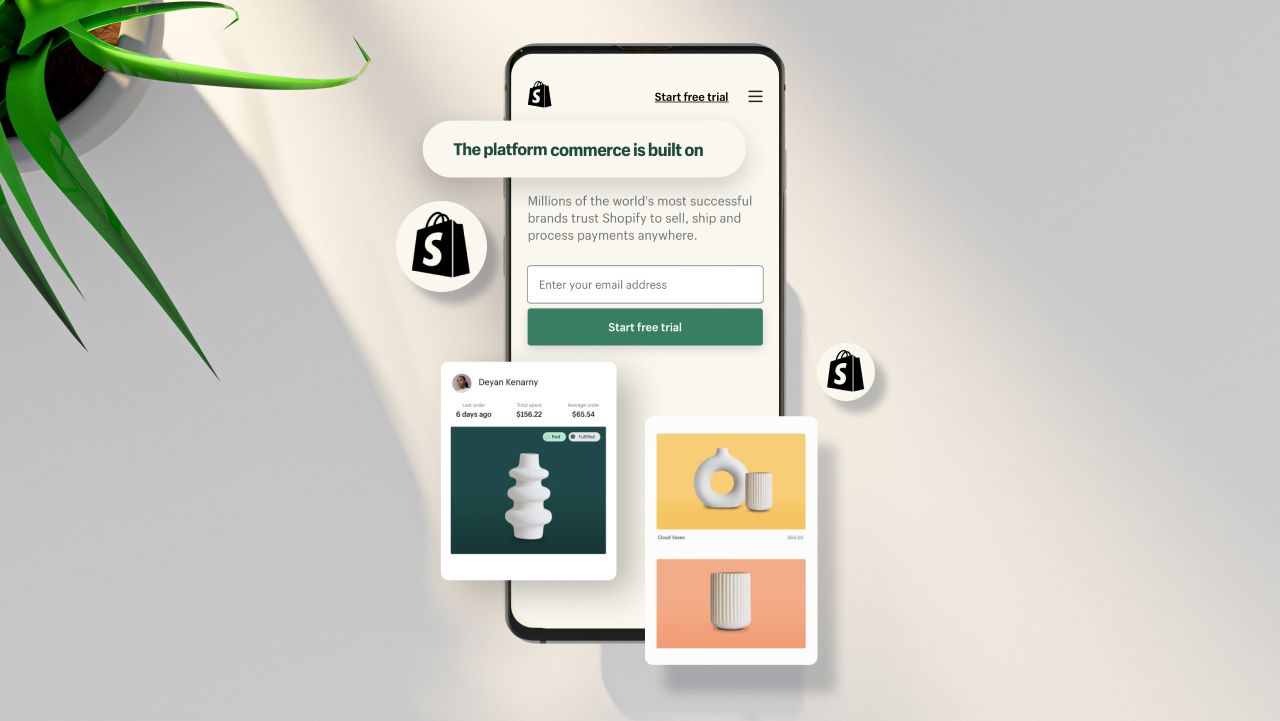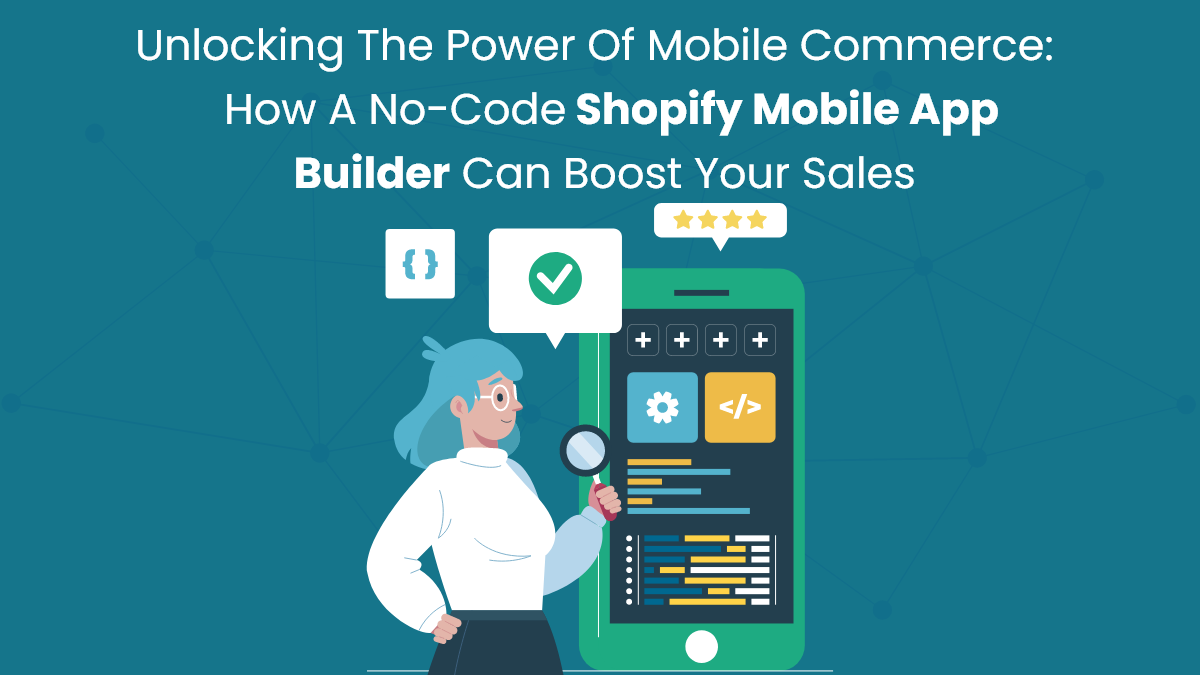Social Media Marketing Tips for Shopify Store Owners

In the dynamic world of e-commerce, harnessing the power of social media marketing is essential for Shopify store owners.
Social media platforms offer unparalleled opportunities to reach, engage, and convert your target audience. Whether you’re just starting out or looking to refine your strategy, these tips will help you navigate the social media landscape effectively.
Introduction
At SANOMADS, we understand the unique challenges and opportunities that come with running a Shopify store. Our expertise in digital marketing has helped numerous businesses thrive online.
Today, we’re sharing some of our best social media marketing tips to help you boost your Shopify store’s visibility and sales.
Understanding Your Audience
Know Your Demographics
-
Identify Your Target Market: Use Shopify’s built-in analytics to gather data on your customers’ age, gender, location, and purchasing behavior.
-
Create Buyer Personas: Develop detailed profiles of your ideal customers to tailor your social media content to their preferences and needs.
Engage with Your Community
-
Monitor Social Mentions: Use tools like Hootsuite or Mention to track what people are saying about your brand.
-
Respond Promptly: Engage with your followers by responding to comments, questions, and reviews in a timely manner.
Choosing the Right Platforms
Focus on High-Impact Platforms
-
Instagram: Ideal for visually appealing products. Utilize Instagram Shopping features to make purchasing easy.
-
Facebook: Great for building a community and running targeted ads.
-
Pinterest: Perfect for driving traffic through visually compelling pins.
-
TikTok: Excellent for viral marketing and engaging a younger audience.
Diversify Your Content
-
Photos and Videos: High-quality visuals are crucial. Invest in good photography and video production.
-
Stories and Reels: Use these for behind-the-scenes content, product launches, and promotions.
-
User-Generated Content: Encourage customers to share their own photos and reviews of your products.
Content Strategy
Plan Your Content Calendar
-
Consistency is Key: Post regularly to keep your audience engaged. Use a content calendar to plan posts in advance.
-
Mix It Up: Balance promotional content with informative and entertaining posts.
Create Value-Driven Content
-
Educational Posts: Share tips, tutorials, and how-tos related to your products.
-
Behind-the-Scenes: Give followers a peek into your process, team, and day-to-day operations.
-
User Stories: Highlight customer testimonials and success stories.
Leverage Hashtags and Keywords
-
Relevant Hashtags: Use tools like Hashtagify to find trending and relevant hashtags in your niche.
-
SEO Keywords: Integrate keywords into your social media posts to improve visibility in search results.
Paid Advertising
Utilize Social Media Ads
-
Targeted Campaigns: Use Facebook and Instagram ads to target specific demographics, interests, and behaviors.
-
Retargeting: Implement retargeting ads to re-engage visitors who have previously interacted with your site.
Optimize Ad Performance
-
A/B Testing: Run split tests to determine which ads perform best.
-
Monitor Analytics: Use platform analytics to track ad performance and adjust your strategy accordingly.
Influencer Marketing
Partner with Influencers
-
Identify Influencers: Look for influencers whose audience aligns with your target market.
-
Collaborate Creatively: Work with influencers to create authentic content that resonates with their followers.
Measure Impact
-
Track Engagement: Monitor likes, comments, shares, and overall engagement from influencer posts.
-
Assess ROI: Use tracking links and promo codes to measure the direct impact of influencer collaborations on sales.
Engaging Content Ideas
Host Giveaways and Contests
-
Boost Engagement: Run contests and giveaways to increase followers and engagement.
-
Clear Guidelines: Ensure your contest rules are clear and straightforward.
Use Live Features
-
Live Streams: Host live Q&A sessions, product demonstrations, and behind-the-scenes tours.
-
Interactive Content: Engage viewers with live polls, questions, and shoutouts.
Share Customer Testimonials
-
Build Trust: Post customer reviews and testimonials to build credibility and trust.
-
Visual Testimonials: Use video testimonials for a more personal touch.
Analytics and Adjustment
Track Your Metrics
-
Engagement Rates: Monitor likes, comments, shares, and saves.
-
Conversion Rates: Track how social media traffic converts into sales.
Adjust Your Strategy
-
Analyze Data: Regularly review your analytics to see what’s working and what’s not.
-
Be Flexible: Adjust your content and strategy based on your findings to optimize performance.
Conclusion
Social media marketing is a powerful tool for Shopify store owners. By understanding your audience, choosing the right platforms, crafting a strategic content plan, utilizing paid ads, and engaging with influencers, you can significantly boost your store’s visibility and sales. Remember to continually track your performance and adapt your strategy for the best results. For more personalized advice and expert assistance, SANOMADS is here to help you succeed in the competitive world of e-commerce.




